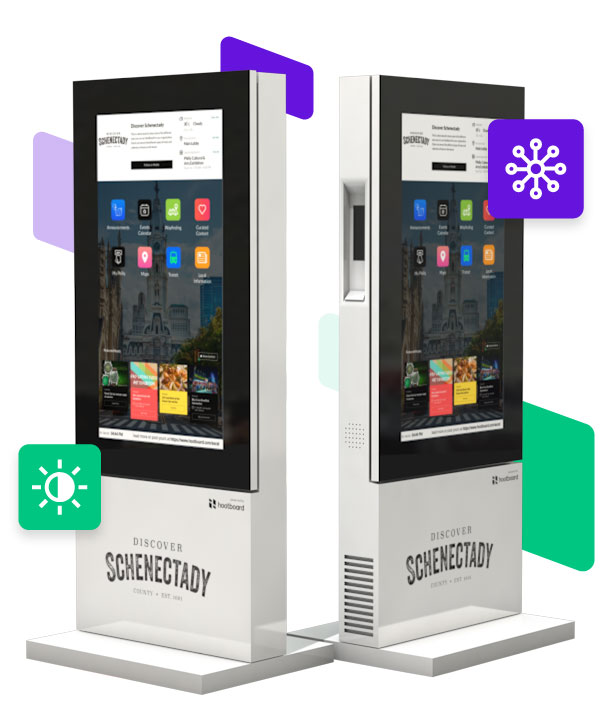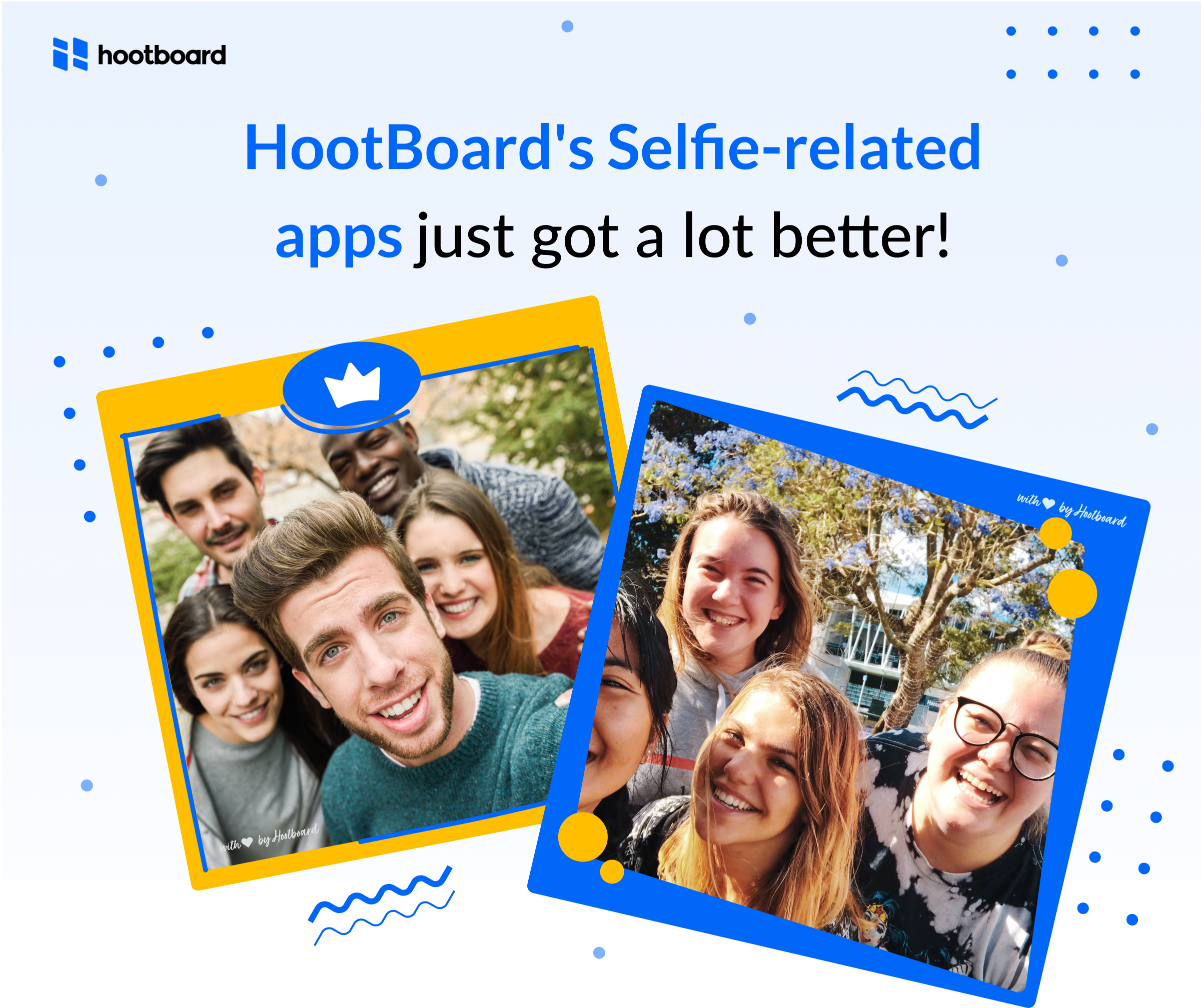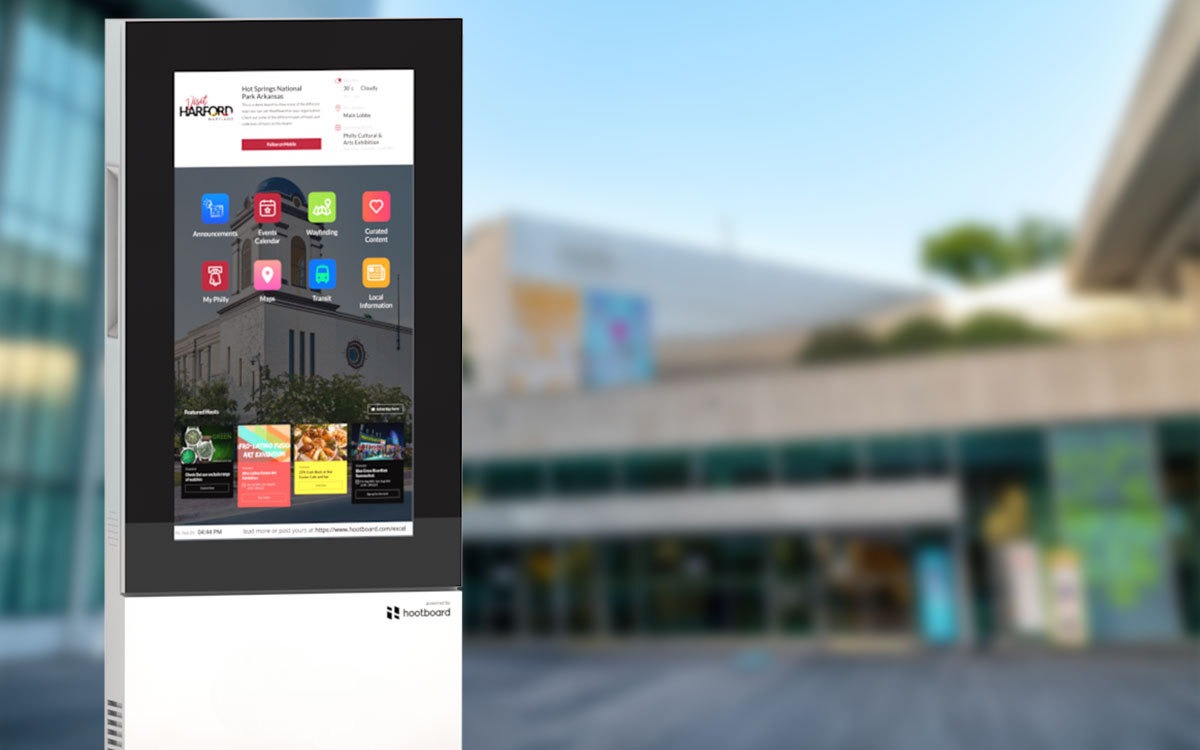The tourism and hospitality industry relies heavily on data-driven insights to make informed business decisions. Digital kiosks present a unique opportunity for destinations, hotels, and attractions to collect valuable data about their visitors and optimize experiences.
- Data is crucial for tourism organizations to understand visitor behavior, enhance experiences, and drive revenue.
- Digital kiosks allow destinations to capture visitor interactions and gain data-driven insights.
- Analytics from kiosks reveal visitor preferences, engagement, and patterns to inform strategy.
Let’s take a closer look at how digital kiosk analytics can help tourism organizations harness the power of data and improve their overall performance.

Significance of Data in the Tourism Industry
Digital kiosks, also known as interactive touchscreens, are self-service devices that provide information, services, and transactions to users. These kiosks are often strategically placed in high-traffic areas such as hotel lobbies, airport terminals, or tourist attractions.
- Data helps tourism organizations identify trends, patterns, and insights to guide strategy.
- With a data-driven understanding of visitors, DMOs, hotels, and attractions can better meet tourist needs.
- Data reveals optimal pricing strategies, marketing tactics, and operational enhancements to drive revenue.
- Insights from data allow personalized recommendations and experiences for higher satisfaction.
When visitors interact with digital kiosks, they leave behind valuable data that can be analyzed to understand their behavior and preferences. This data includes demographics, location, time spent on the kiosk, and interactions made. By collecting and analyzing this data, tourism organizations can gain insight into their users’ journeys and better understand their needs and interests.

Capabilities of Digital Kiosks in Collecting Data
Now that we have the data, we can focus on utilizing it to enhance visitor experiences and drive satisfaction. This is essential for long-term success in the tourism industry.
- Selfie Apps – One exciting and interactive way digital signage can collect data is through selfie apps integrated with the signage. When customers take a selfie using the app, it provides an opportunity to collect their email addresses. This not only gives businesses direct contact information but also allows for personalized marketing, such as sending newsletters, promotional offers, or updates about upcoming events.
- Social Media Integration – Encouraging users to post their selfies on social media can generate user-generated content, boosting brand visibility. It also provides an opportunity to track posts, hashtags, likes, shares, and comments, offering invaluable insights into customer preferences and behavior.
- Creating an Itinerary List – Digital signage can offer interactive features like creating an itinerary list. By tracking which items or events users add to their lists, companies can gather data on what products or services are most appealing to their customers. This data can guide future product development and marketing initiatives.
- Wayfinding Feature – Digital signs equipped with wayfinding features can track where people are most interested in going. This can provide data on the most popular areas or stores in a shopping mall, for example, allowing businesses to strategically place advertisements or promotions.
- Computer Vision and QR Codes – Computer vision technology and QR codes can also be incorporated into digital signage for data collection. Computer vision can track which items people look at the most, while QR codes can provide data on which promotions or information users are most interested in accessing.
Digital signage offers numerous capabilities for collecting marketing data. By creatively leveraging these features, businesses can gather valuable insights to refine their marketing strategies and enhance customer engagement.
This enables a lot of more opportunities including upselling, cross-selling and offering personalized deals and packages. Digital kiosk analytics can truly help tourism organizations harness the power of data to improve visitor experiences and drive revenue.

Key Insights from Digital Kiosk Analytics
The key insights to take a look at when analyzing data collected from digital kiosks are important to keep track of growth.
- Analyzing visitor data provides an understanding of tourist behavior and interests.
- Data reveals peak visiting hours and the most popular sites to align staffing and operations.
- Tracking engagement with different kiosk features identifies effective/ineffective elements.
- Data shows how visitors respond to recommendations for better personalization.
With this type of information, you can make data-driven decisions to improve operations, personalize experiences, and drive revenue. It also helps you stay competitive by being able to adapt quickly based on visitor behavior and preferences.
Utilize Data to Enhance Visitor Experiences
Now that we have the data, we can focus on utilizing it to enhance visitor experiences and drive satisfaction. This is essential for long-term success in the tourism industry.
- Visitor data allows DMOs to tailor marketing to target demographics and locations.
- Data identifies operational bottlenecks to streamline visitor flow and boost satisfaction.
- Granular insights on visitor interests and behavior inform customized recommendations.
- Pricing and packages can be optimized based on revealed visitor preferences.
- Enhanced visitor experiences lead to positive word-of-mouth and repeat visits.
Imagine a family or young couple planning their trip to your destination. With personalized recommendations based on their interests and behavior, they are more likely to visit popular attractions and have a memorable experience. This will not only lead to positive reviews but also encourage them to return in the future.
This enables a lot of more opportunities including upselling, cross-selling and offering personalized deals and packages. Digital kiosk analytics can truly help tourism organizations harness the power of data to improve visitor experiences and drive revenue.

Conclusion
Data-driven insights from digital kiosk interactions are invaluable for tourism organizations to understand visitors, optimize operations, and enhance experiences. By harnessing analytics, DMOs, hotels, and attractions can create tailored, personalized engagements that delight tourists and drive revenue.
It’s important to not overlook the significance of data in the tourism industry and to continue utilizing digital kiosks as a tool for collecting valuable information. With the right strategies in place, tourism organizations can leverage this data to stay competitive, improve visitor experiences, and increase revenue.
So, it’s time to start harnessing the power of data with digital kiosks and take your organization to new heights. So, let’s embrace the data-driven future of the tourism industry and see how it can transform your organization for the better.




